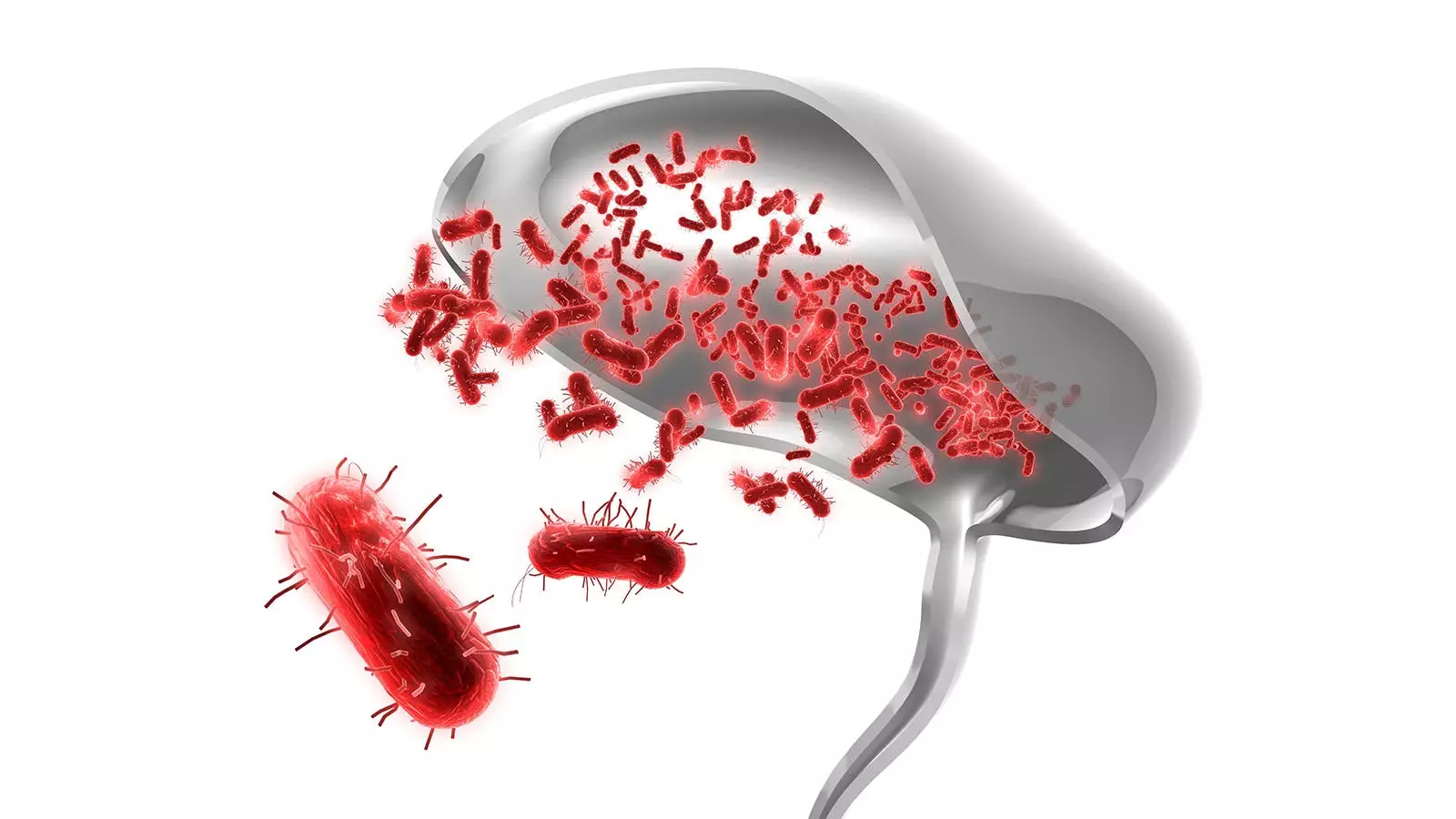In the treatment of febrile urinary tract infections (UTIs) in children, the optimal duration of antibiotic treatment has been a subject of debate. Traditionally, a standard 10-day course has been recommended to prevent recurrence and reduce antimicrobial resistance. However, a recent randomized controlled trial called STOP (Short Term Oral Antibiotics for Febrile Urinary Tract Infections) has challenged this conventional approach, suggesting that a shorter duration of treatment may be equally effective. This article critically analyzes the findings of the STOP trial and explores the implications for clinical practice.
The STOP Trial: Unveiling Surprising Results
The STOP trial, conducted by Antimo Tessitore et al., aimed to compare the efficacy of a 5-day course of oral amoxicillin-clavulanate acid with the standard 10-day course in children with febrile UTIs. Unexpectedly, the recurrence rate of all UTIs within 30 days of treatment was significantly lower in the short-term group (2.8%) compared to the long-term group (14.3%). This unexpected difference in favor of the short-term group led the Steering Committee to stop the trial prematurely, as the results were deemed robust.
Febrile UTIs: Breaking the Conventional Approach
When analyzing the recurrence rate of febrile UTIs specifically, the short-term group demonstrated a rate of 1.4% compared to 5.7% in the long-term group. Noninferiority of the shorter duration of antibiotic therapy was confirmed at a confidence interval of 99.5%. Tessitore et al. hypothesized that a shorter duration would not compromise treatment effectiveness, while minimizing adverse effects, reducing healthcare costs, and improving patient adherence. This suggests a paradigm shift from the traditional axiom of completing the full cycle of antibiotics to prevent resistance, to a more tailored approach focusing on preventing resistance while administering the necessary treatment.
The results of the STOP trial differ from those of the SCOUT (Short Course vs. Conventional Length Antibiotic Therapy) trial, which explored the optimal duration of antibiotic treatment for UTIs in children. The SCOUT trial demonstrated that stopping antibiotics when children’s UTI symptoms improved after a 5-day course yielded a 4.1% rate of persistent symptomatic UTI, compared to 0.6% with the full 10-day course. However, the upper limit of the confidence interval exceeded the pre-specified margin required for noninferiority. Charles Woods and James Atherton, in an accompanying commentary, highlight the complexity of these divergent results and the challenge of identifying subgroups for whom shorter or longer courses are appropriate.
Given the different study designs and sample sizes, Woods and Atherton tend to concur with the commentary on the SCOUT trial. They suggest that current evidence supports treating UTIs limited to cystitis in children with courses no longer than 5 days. However, when clinical concern for pyelonephritis arises, a preference for longer courses on the order of 10 days may be prudent until more data accrue. The complexities of individual patient characteristics, the nature of the infection, and susceptibility patterns make it crucial to tailor the duration of antibiotic treatment to each child.
Conclusion: Moving Towards Personalized Care
The findings of the STOP trial contribute valuable insights into the optimal duration of antibiotic treatment for febrile UTIs in children. The unexpected superiority of the 5-day course challenges the traditional approach of administering a 10-day course. However, it is important to critically analyze these results and consider the individual patient when making treatment decisions. As healthcare providers, we must strive for personalized care that balances treatment effectiveness, adverse effects, healthcare costs, and patient adherence. Continued research and clinical trials will guide us towards a more nuanced understanding of the optimal duration of antibiotic treatment for children with febrile UTIs.

Leave a Reply